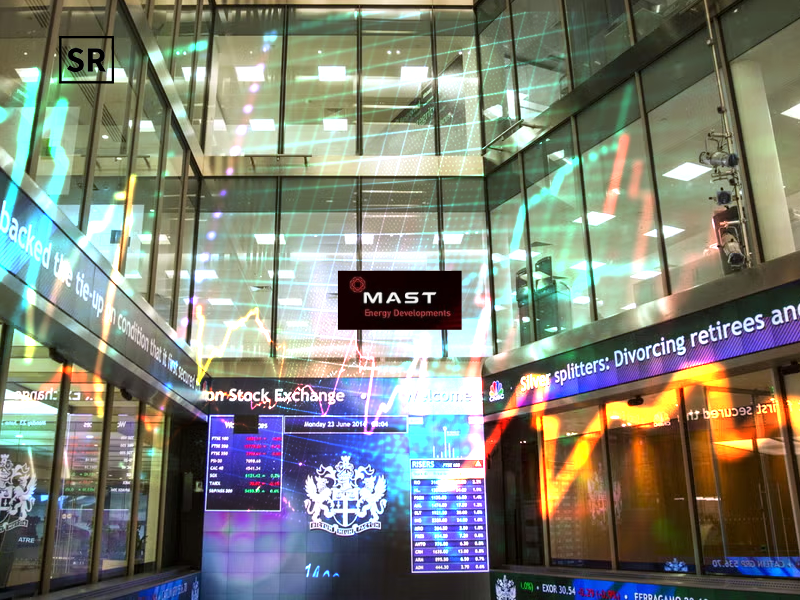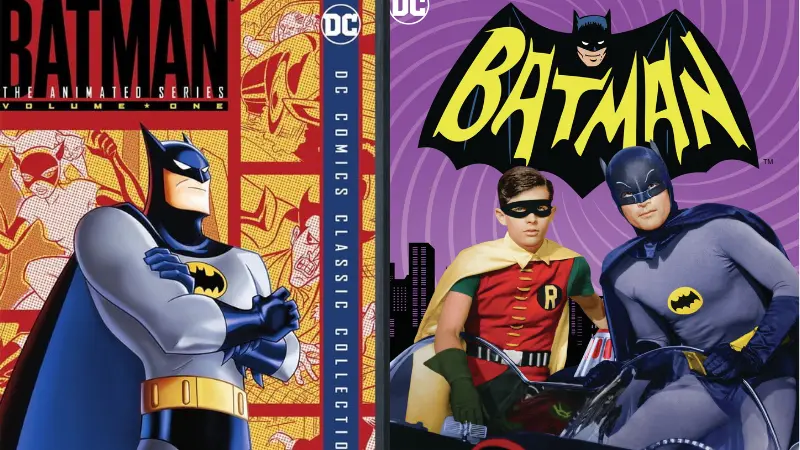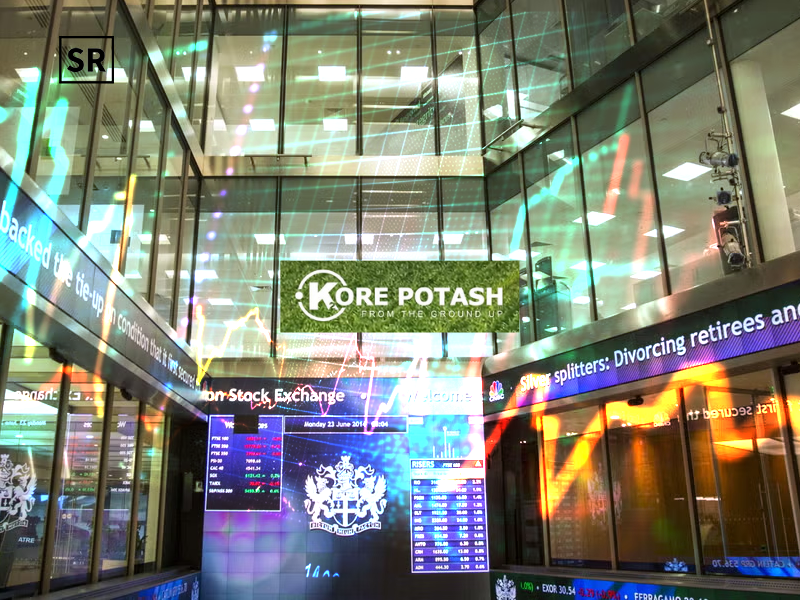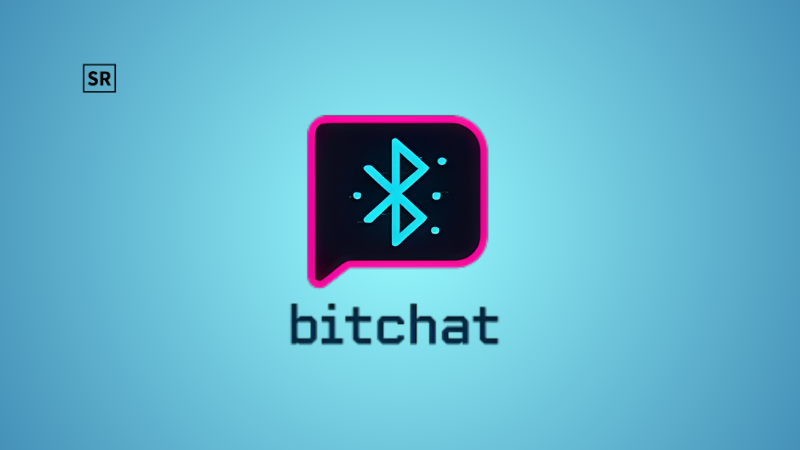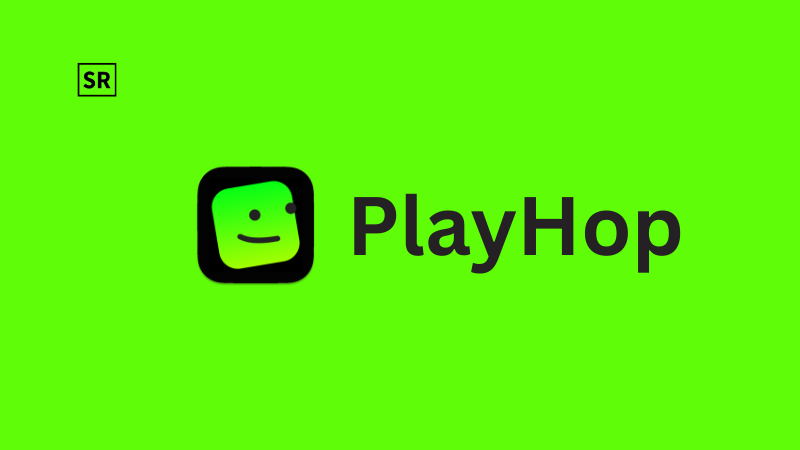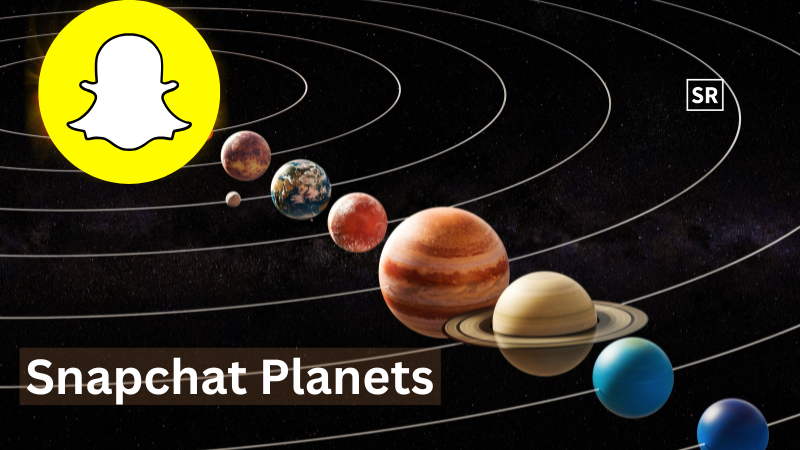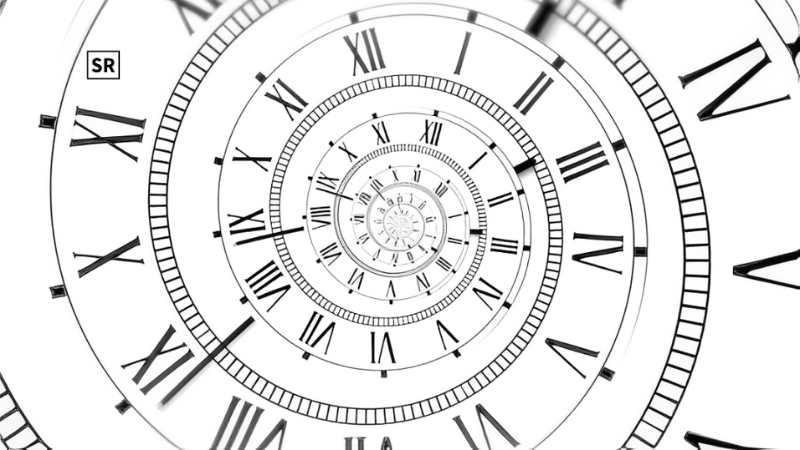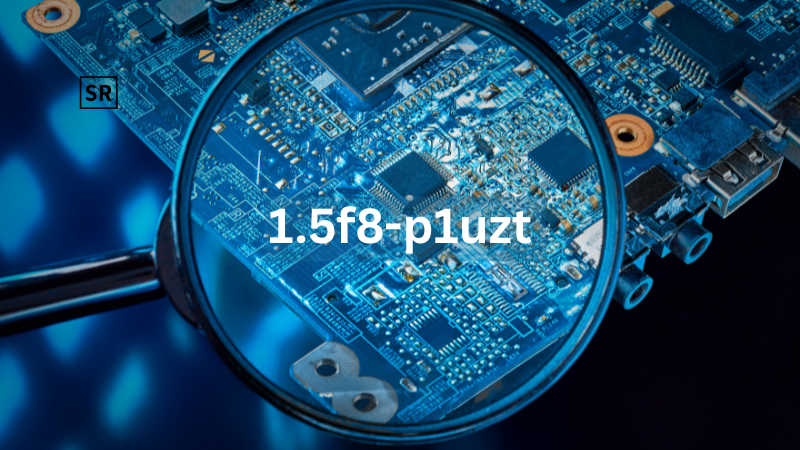
1.5f8-p1uzt seems to be a special code or project name used to identify a specific system, prototype, or test version of a technology that’s being developed. Although there isn’t any public information about this exact reference, such codes are usually used for early-stage projects, product updates, or secret research work within companies. They help teams stay organized, track progress and manage different versions of their work during testing.
Projects with names like this are often related to areas such as artificial intelligence, data analysis or software development, where accuracy and structure matter a lot. The “1.5” could represent a new or improved version of a previous release, while the rest of the code makes it unique. In simple terms, 1.5f8-p1uzt likely stands for an innovation-focused project designed to improve or test new technology ideas.
About 1.5f8-p1uzt
1.5f8-p1uzt is a term that appears to function as a unique code or technical identifier, often mentioned in discussions around digital systems, software development, or graphics technology. While there is no official documentation or verified information about its exact origin or use it is believed to relate to encoding formats, data structures or internal tagging systems used in advanced computing or 3D rendering processes.
The term structure looks like a version or format label, where “1.5” could mean an updated version, and “f8” might refer to 8-bit floating-point data, which is often used in image or texture processing. Such identifiers are typically used in experimental or proprietary environments to manage complex assets maintain version control, or ensure consistency in high-performance software systems. In simple terms, 1.5f8-p1uzt likely represents a coded reference tied to digital innovation, system optimization, or graphical computation.
Why is 1.5f8-p1uzt special?
Here are some main reasons why the 1.5f8-p1uzt texture format is special and different from other formats :
High Resolution Support
The 1.5f8-p1uzt format is capable of handling ultra-high-resolution textures, including 4K and even 8K. This ensures that visuals appear extremely sharp, detailed and lifelike enhancing the realism of digital environments and 3D models. Whether used in gaming, animation or simulation the clarity it delivers makes every element look visually stunning.
Compact File Size
Even though it supports high-quality images, this format uses smart compression to make file sizes much smaller without losing image quality. This keeps loading times fast, performance smooth and storage easy to manage, making it great for big projects.
Multi-Layer Support
One of the most impressive features of 1.5f8-p1uzt is its ability to support multiple texture layers. Designers can embed various types of data such as color maps, bump maps and reflection layers within a single file. This makes the workflow more streamlined as artists can manage complex textures with greater control and flexibility.
Broad Software Compatibility
The 1.5f8-p1uzt texture format works smoothly with popular software like Unity, Unreal Engine and Blender so creators don’t have to worry about compatibility problems. It can be used easily across different tools, helping designers and developers work faster while keeping the visuals consistent and high-quality.
How to Use 1.5f8-p1uzt?
If you want to use 1.5f8-p1uzt textures in your 3D designs follow these simple steps:
Step 1: Get the Texture Files
Download the 1.5f8-p1uzt texture files from trusted websites or online libraries. Make sure the files are clearly labeled as 1.5f8-p1uzt.
Step 2: Import into Your Software
Open your design tool such as Unity, Unreal Engine or Blender and import the texture files into your project.
Step 3: Apply to 3D Models
Choose the part of your 3D model where you want the texture and apply it there.
Step 4: Adjust the Texture
Change the texture’s size, position or angle so it fits your model perfectly.
Step 5: Preview and Render
Check how your 3D scene looks with the texture applied. Make any needed adjustments then render your final image or game environment.
Where can I buy 1.5f8-p1uzt?
The 1.5f8-p1uzt texture format is a specialized digital asset primarily used in advanced 3D design, rendering and immersive technologies. Because of its niche application, it isn’t widely available like standard texture files. You can try getting it from digital asset marketplaces that sell high-quality textures, but it might not always be available, so make sure to check the licensing before buying. Another way is to get it directly from developers, studios, or digital artists who use this format which ensures it will work properly and you have the right to use it.
Additionally, due to its specialized nature, many creators choose to custom-create 1.5f8-p1uzt textures using software like Blender, Substance Painter or Autodesk Maya, tailoring the textures to their project’s specific needs. When acquiring or creating this format, it’s crucial to confirm that your software supports it, review licensing for commercial use and be prepared to spend some time understanding its integration and functionality.
Security and 1.5f8-p1uzt
Security and 1.5f8-p1uzt relate to how this specialized texture format is managed, shared, and used in digital projects. Since 1.5f8-p1uzt files often involve high-resolution assets or proprietary design data, protecting them is important to prevent unauthorized access, copying or misuse. Using safe sources like trusted marketplaces, verified studios or official developers helps avoid corrupted or harmful files.
Making sure you have the proper license also protects you legally and respects intellectual property rights. When working with 1.5f8-p1uzt textures in software keeping them in secure project folders with version control and limited access helps protect the files while allowing smooth teamwork. In short, using 1.5f8-p1uzt safely means following good digital security practices and paying attention to licensing and sharing rules.
Common Uses of 1.5f8-p1uzt
Common Uses of 1.5f8-p1uzt revolve around its role as a high-quality, versatile texture format in digital design and 3D projects. Some of the main uses include:
3D Modeling and Animation – Designers apply 1.5f8-p1uzt textures to 3D models to add realistic surface details, colors and patterns, making animations and virtual environments more lifelike.
Game Development – Game developers use this format to create detailed textures for characters, objects and environments in engines like Unity and Unreal Engine, improving visual fidelity without slowing performance.
Virtual and Augmented Reality – In VR and AR projects, 1.5f8-p1uzt textures help deliver immersive experiences with high-resolution details while keeping file sizes manageable.
Film and Visual Effects – Visual effects artists use this texture format in CGI and film production to achieve photorealistic surfaces and complex layered effects.
Architectural Visualization – Architects and designers use 1.5f8-p1uzt textures in renders of buildings and interiors to showcase realistic materials like wood, metal, and stone.
Conclusion
The 1.5f8-p1uzt texture format is a specialized and versatile tool in the world of digital design, 3D modeling, and visual effects. Its ability to support high-resolution images, layered textures, and efficient file sizes makes it ideal for a wide range of applications from game development and animation to virtual reality and architectural visualization. This format works well with popular software like Unity, Unreal Engine and Blender making it easy to use in professional projects. It is also important to handle the files carefully, follow licensing rules and keep them secure to protect both the textures and intellectual property rights. Overall, 1.5f8-p1uzt stands out as a powerful solution for creators seeking high-quality, realistic, and manageable textures in modern digital projects.


 Follow us
Follow us Follow us
Follow us



